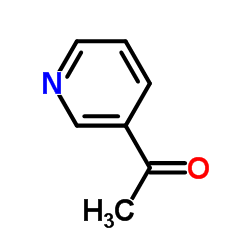Episodic vestibular disruption following ablation of the inferior olive in rats: behavioral correlates.
Dale W Saxon, Gary White
文献索引:Behav. Brain Res. 175(1) , 128-38, (2006)
全文:HTML全文
摘要
The experiments herein investigate whether the behavioral responses to transient and episodic vestibular disruption and permanent ablation are distinct in the absence of climbing fiber input. Subjects in group 1 received an IP injection of PBS followed by an IP injection of niacinamide. Seven days later these rats received the first of 3 serial transtympanic injections of TTX on the same side with 7 days between each injection. Following each TTX injection rats displayed unilateral vestibular symptoms that persisted beyond 48h. Spontaneous barrel rolling behavior was not observed. Group 2 subjects received an IP injection of 3-acetylpyridine (3-AP)+niacinamide followed by the same TTX regimen as group 1. Following each TTX injection vestibular symptoms (severe body twisting and persistent spontaneous barrel rolling) emerged rapidly (<15min) and resolved by 72h. Group 3 subjects received an IP injection of 3-AP+niacinamide and 7 days later a single unilateral transtympanic injection of sodium arsanilate. Rats in group 3 developed vestibular symptoms similar to those observed in group 2 although there was no resolution of these symptoms. The results indicate that TTX has a rapid rate of infiltration and blockade of the VIIIth nerve that persists for >48h and then completely resolves. The contrast in vestibular symptoms between groups 1 and 2 suggest that climbing fibers are recruited soon after onset of vestibular disruption and play a role in attenuating the severity of vestibular symptoms associated with transient/episodic vestibular disruption.
相关化合物
| 结构式 | 名称/CAS号 | 分子式 | 全部文献 |
|---|---|---|---|
 |
3-乙酰吡啶
CAS:350-03-8 |
C7H7NO |
|
Ionic matrices pre-spotted matrix-assisted laser desorption/...
2013-03-01 [Anal. Biochem. 434(1) , 187-98, (2013)] |
|
Cyanoacetic acid hydrazones of 3-(and 4-)acetylpyridine and ...
2006-01-01 [Arch. Pharm. (Weinheim) 339(1) , 14-23, (2006)] |
|
Definitive endoderm differentiation of human-induced pluripo...
2014-11-01 [J. Biomed. Mater. Res. A 102(11) , 4027-36, (2014)] |
|
Attenuation of activity-induced increases in cerebellar bloo...
2003-09-01 [Am. J. Physiol. Heart Circ. Physiol. 285(3) , H1177-82, (2003)] |
|
In vivo 4-aminopyridine treatment alters the neurotoxin 3-ac...
2010-09-10 [Eur. J. Pharmacol. 642(1-3) , 56-65, (2010)] |